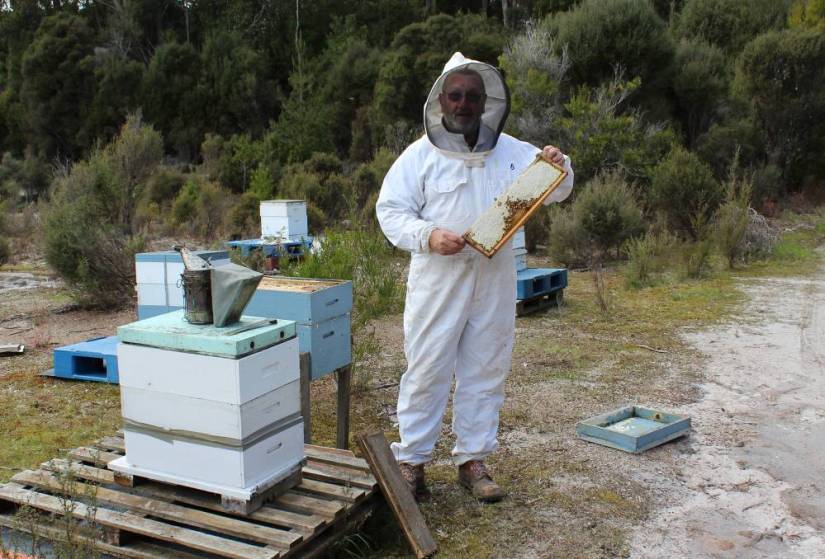So you need to be a full-time business beekeeper and keep 1,000 settlements or more. Maybe you need to offer nectar and beeswax, lease your honey bees for business trim fertilization, raise ruler honey bees, or offer mass honey bees.

(1)
The recently distributed second release of the Small Farm Handbook, which draws on the learning of 32 specialists from the University of California, contains an abundance of data. The section, “Raising Animals,” covers beekeeping as a business.
“Expenses to begin a beekeeping business are not especially high contrasted with numerous private companies, and an all around arranged and oversaw activity can be painful,” composes Eric Mussen, Extension apiculturist with the UC Davis Department of Entomology. “Beekeepers possess, lease or discover lease free apiary areas where their honey bees can scavenge for sustenance without turning into an aggravation to people or domesticated animals. Beekeepers must deal with their settlements to the advantage of the honey bees and in consistence with existing state, area and civil laws.”
For the individuals who need to lease honey bees for fertilization, “rental rates are as much as 10 times higher for almond plantations, which should be pollinated a season when honey bee supplies scarcely take care of demand.”
(2)
Surely, California has somewhere in the range of 750,000 sections of land of almonds, and every section of land needs two provinces for fertilization. Since the Golden State doesn’t have those numerous honey bees, they are trucked in from everywhere throughout the nation.

“50% of the honey you harvest by beehive in the United States must be in California to fertilize the almonds,” atomic scholar and organic chemist Joseph DeRisi of UC San Francisco said Jan. 9 at his address in the Genome and Biomedical Sciences Facility at UC Davis.
DeRisi, a Howard Hughes Medical Institute agent and educator and bad habit seat of the Department of Biochemistry and Biophysics at UCSF, brought up that “California supplies 80 percent of the world’s almond supply.”
(3)
No honey bees, no almonds.
“Beekeeping can sound misleadingly straightforward,” Mussen writes in the part, “yet in reality beekeeping is a type of creature cultivation that includes giving food when nectar and dusts are missing, keeping diseases from different microorganisms, managing two settled parasitic vermin, and decreasing the impact of Africanized honey bees. Before you attempt to keep honey bees economically all alone, you should pick up encounter working with a business beekeeper for at least one seasons.”

You can also read: Tips for Painting Your Beehive
The most recent parasite found in honey bees is the parasitic phorid fly (Apocephalus borealis). In work distributed Jan. 3 in the Public Library of Science (PLoS One) diary, San Francisco State University specialists composed that the parasitic fly lays its eggs in the bumble bees; it was beforehand known to parasitize honey bees, yet not bumble bees.
The fly-invaded honey bees show changed honey bee conduct. Nicknamed “zombie honey bees,” the honey bees fly around evening time toward lights, for example, yard, building or road lights. They don’t come back to the hive; they pass on.
(4)
Neither Mussen nor DeRisi trusts that the parasitic fly is an overwhelming component in settlement crumple scatter, a secretive wonder described by grown-up honey bees forsaking the hive.
For tips on beekeeping, make certain to look at Mussen’s every other month bulletin, from the UC Apiaries, and his other asset, Bee Briefs, both posted on the UC Davis Department of Entomology site.

What’s more, on the off chance that you need to end up a full-time business beekeeper, read the “Assessed Investment Needed for a 1,000-Colony Bee Operation” in the Small Farm Handbook.
You can also read: How to Use a Live Trap
